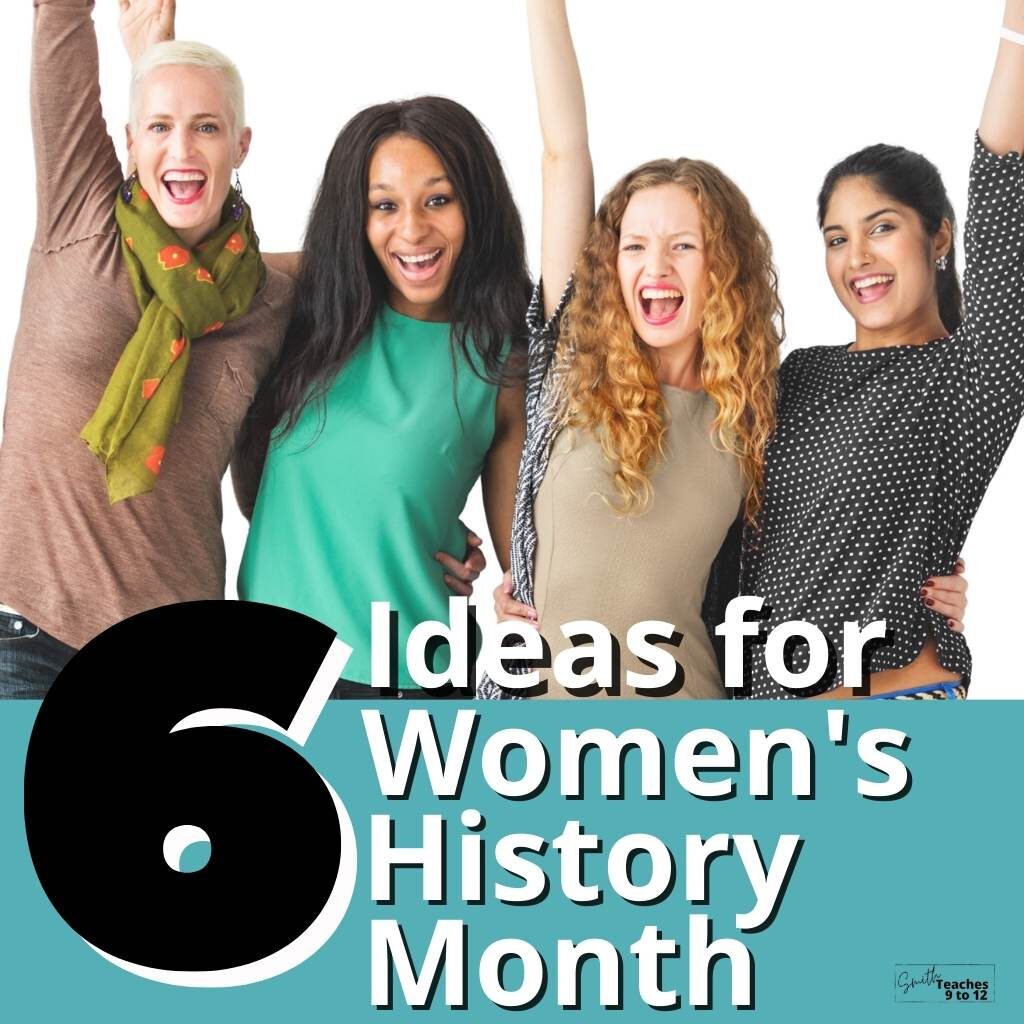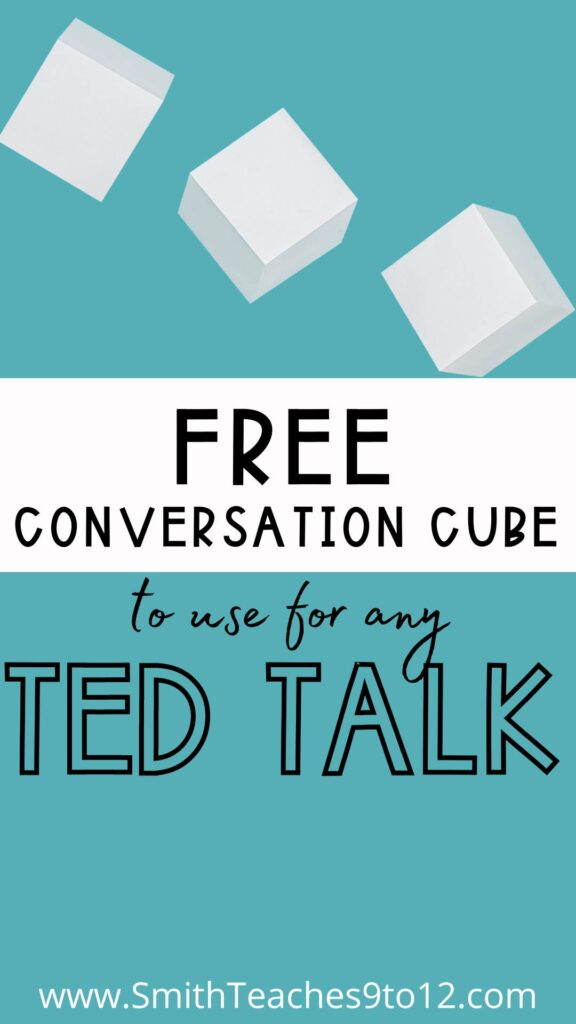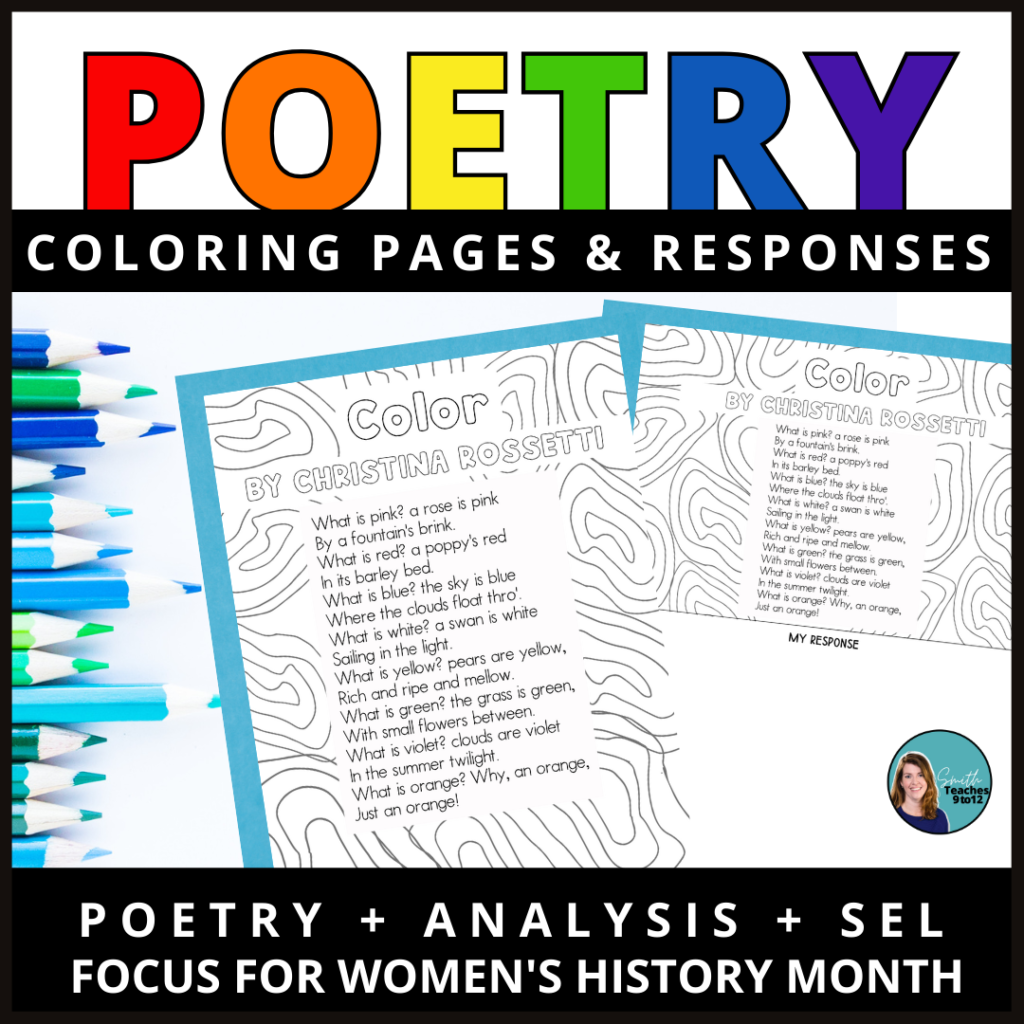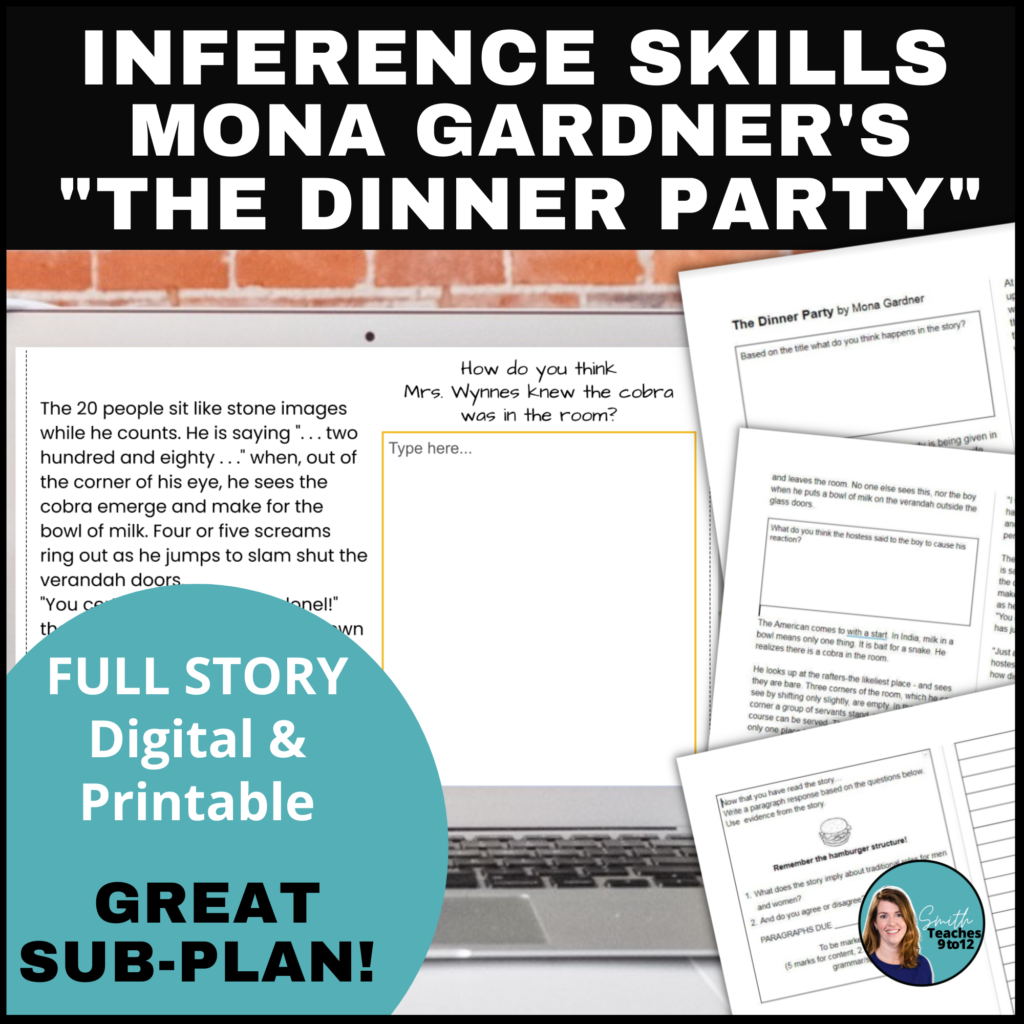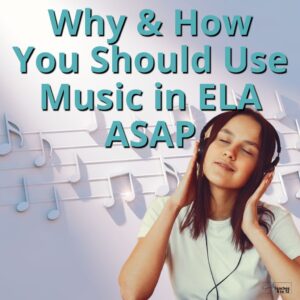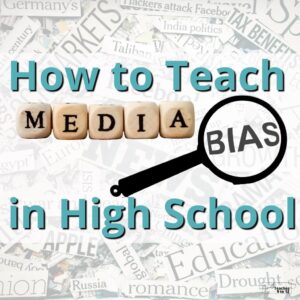Sharing is caring!
Honoring and celebrating months of significance throughout the year doesn’t mean you have to veer off-track with your curriculum. There are many ways to incorporate activities to honor each month that fit your curriculum. Here are 6 ideas for Women’s History Month in ELA that can fit into what you’re already doing in class!
What is Women’s History Month?
It all began when a group of women marched in garment workers’ strikes in New York in 1909. Then in 1911, International Women’s Day was established for March 8. It then became Women’s History Week in 1980 through a Presidential Proclamation by then-President Jimmy Carter. Finally in 1987, the whole month of March in the US was designated by the US Congress as Women’s History Month.
Now things are slightly different in Canada. Canada does mark International Women’s Day on March 8 but it reserves the month of October for Women’s History Month. October was chosen since it coincides with Persons Day on October 18. Persons Day honors the efforts of the Famous Five when, in 1929, the legal definition of “persons” included women. Though it should be noted that this inclusion did not extend to Asian, Black, or Indigenous women.
No matter when you mark the month there are ideas for Women’s History Month that can blend with your curriculum for middle school and high school English. Keep reading for all of the ideas!
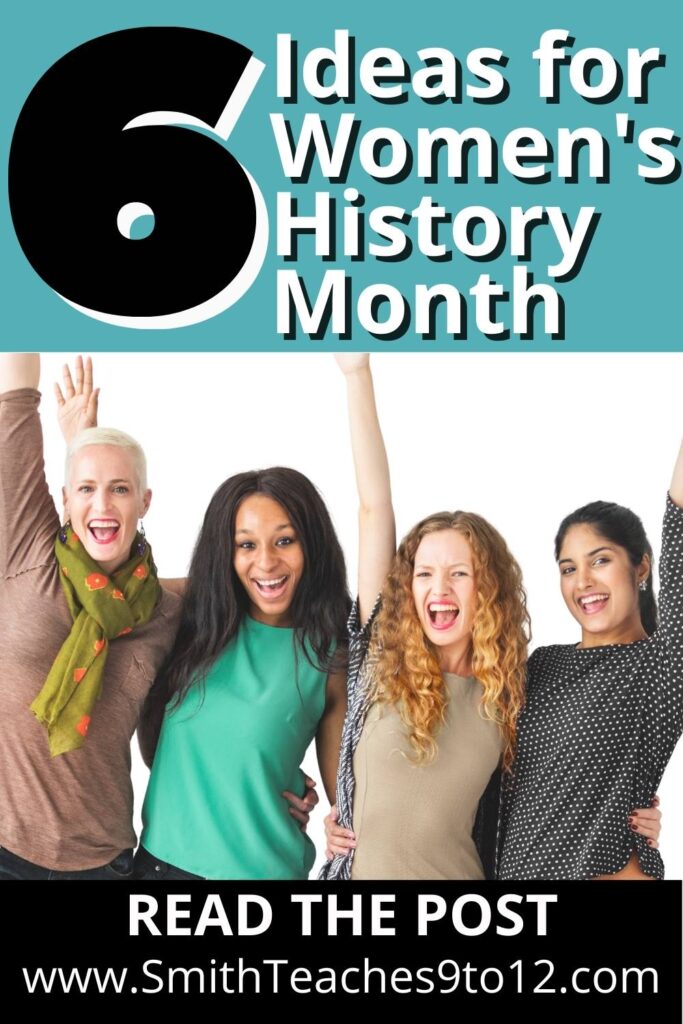
Ideas for Women’s History Month to Match Curriculum
Compare and contrast lesson with a poetry focus
If you’re teaching essay writing, and particularly comparison essays, you’re focusing on developing compare and contrast skills. This lesson focused on Frances Ellen Watkins Harper’s poem “Advice to Girls” along with two other poems with the same title (but with vastly different content). Plus, the poems feature an accessible topic and language so students can focus on skills development rather than figuring out the ‘deeper’ meaning! Click for your full ready-made lesson!
Informational and media texts with TED Talks
A TED Talk is almost always a great addition to class lessons. Check out this freebie with a list of suggestions talks for Women’s History Month. You might use this to develop summary skills by getting students to write a short summary of any given talk.
Build financial literacy into the lesson by putting a budget on the summary and assigning each word a monetary value. For example, you have $2.50 to spend and each word is 10 cents, or make it more complicated with $2.50 overall and one-syllable words are 5 cents and 2-syllable words are 10 or 15 cents.
Another option is to watch a talk and analyze the content. Use some directed questions including:
- What’s included in the talk? Is it a standard introduction, body, and conclusion, or is there something more or less?
- Does this subject work well for a talk? Why or why not?
- How does the speaker support the points being made?
From there, students can complete their own plans for a talk on a subject suited to the month or something that’s being studied in class. Here’s a fully designed lesson, graphic organizers for planning, and a rubric to help you complete this in your own class.
Poetry is always a good idea!
It’s always a good time to include poetry; there are so many ways to include it! If you are teaching a novel study at this time of year there check out this post with 6 ideas on how you could use poetry with any novel.
Responding to poetry in discussion or writing as bell ringers can warm up your students for the rest of the class regardless of the subject of the lesson. Check out these 23 full poems by diverse women that would bring Women’s History Month into your classroom. These pages have built-in space for responses but also come as full-page options with space to color around the poem–a great option to inject some SEL time into your classroom or provide an activity for early finishers.
Grab the full resource with 23 poems or sample a single poem with this FREEBIE.
Incorporate feminist theory
If you’re in a novel study at this time of year or looking to complement a poetry lesson then teaching some literary theory is the way to go. Feminist theory with its focus on the representation of women in literature is an ideal inclusion for Women’s History Month.
You could review the history of Women’s History Month in conjunction with the more general theoretical elements of feminism. Use this lesson to introduce the theory and then apply the new learning to the poems in the resource listed above or with a children’s book–check out this post for more info.
Documentary Lesson with Period. End of Sentence.
This 25-minute Oscar-winning documentary is a perfect idea for Women’s History Month. You can watch the full documentary on YouTube. It works for all different ages though I always recommend teachers preview media before showing it to their students since you know what’s best for your students.
To use this doc in class, consider some pre-, during, and post-viewing activities like those included in this resource. It comes complete with teacher answers to make life just a little easier at this time of year!
Practice inference skills
And here’s the ultimate lesson to use when you need a sub-plan. (Remember take that personal time off! As a friend once said to me, nobody needs a hero! ha!)
A short story that explores stereotypes about the sexes with a lovely twist ending is yet another idea for Women’s History Month!
This lesson with Mona Gardner’s “The Dinner Party” includes the full story as well as built-in prompts to focus on inference skills and a writing response based on the story’s big idea. Print it out or upload it to your LMS and enjoy the day off!
A Final Word
It must be said that these ideas for Women’s History Month are suitable for any time of year. It doesn’t need to be March or October to include them, but it’s the perfect opportunity to teach students not only one of the lessons included in this post but about women’s history too!
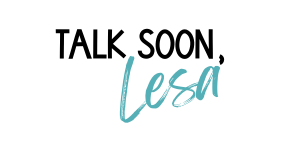
Related articles
- How to Include Poetry for Reading Any Novel a guest blog I wrote for Samantha in Secondary
- 3 Bell Ringers for Inference Skills Practice
- Focusing on Core Skills: INFERENCING
- 9 Meaningful Poetry Activities for Women’s History Month

